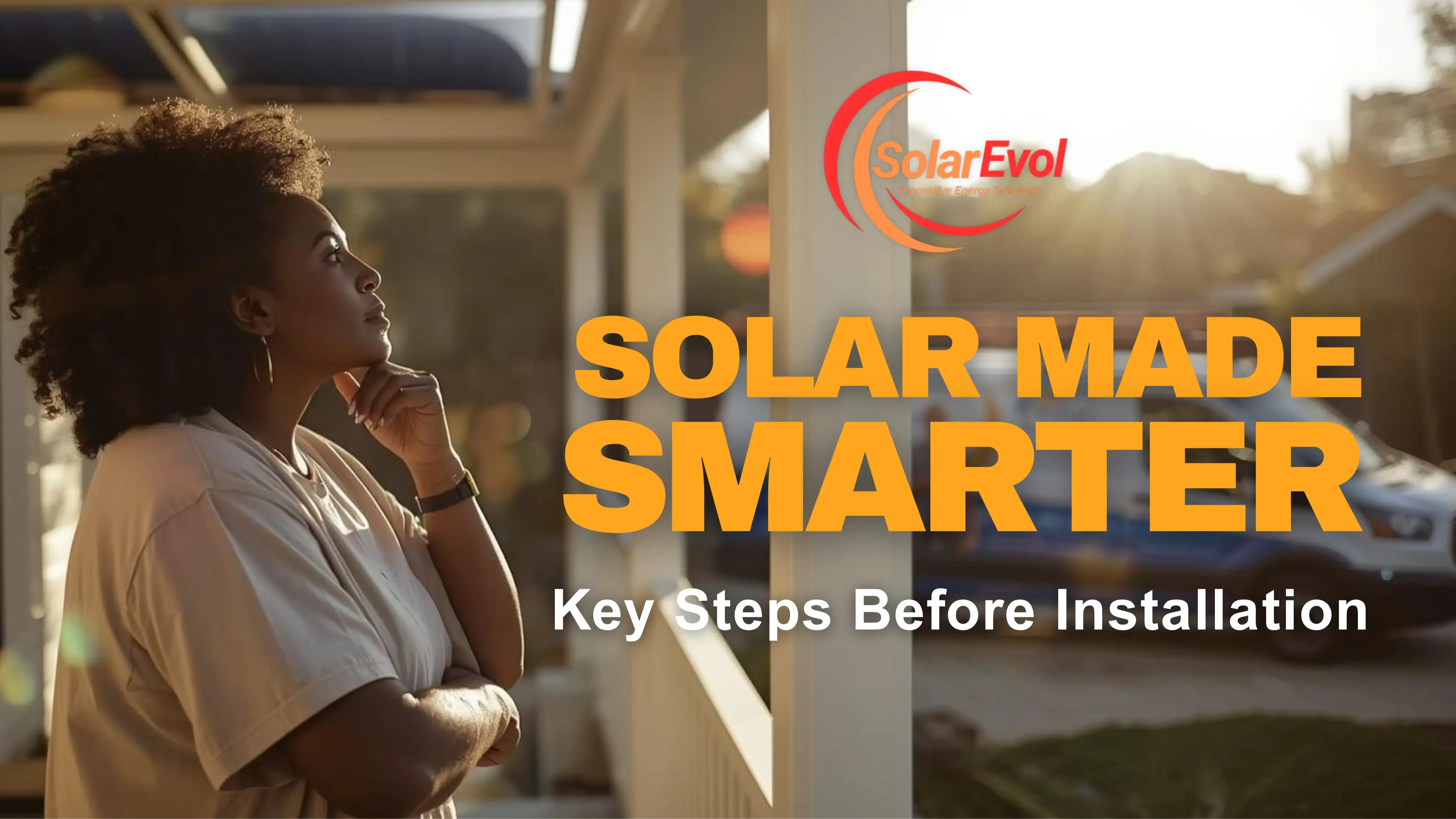
Photon Blaze and the Solar Farm Sabotage
Jun 01, 2025
🌌 A Quiet Night. A Sudden Drop. And Then—Silence.
The first warning blinked onto the screen at 2:17 a.m. Just a minor dip in voltage. Routine. Easily dismissed.
But by 2:23 a.m., Mila DuPont—site manager for Photon Blaze, a 10MW solar farm in southern Arizona—was fully awake, watching red alerts ripple across the monitoring dashboard like spreading fire. Inverters were failing. Generation was collapsing. The site, which should have been building to morning readiness, was bleeding out.
At sunrise, the drone footage confirmed her worst fear: this was no glitch.
Rows of solar panels had been smashed, stripped, and gutted. Wires were cut cleanly. Junction boxes torn apart. The ground was littered with fragments of tempered glass like broken promises.
This wasn’t nature.
This was deliberate.
🧭 Meet Mila: The Woman Behind the Megawatts
Mila was no rookie. A systems engineer turned project lead, she had spent years building solar farms from concept to commission—gritty rooftops in Miami, complex land use sites in Nevada, and now, Photon Blaze: her most ambitious project yet.
This farm wasn’t just about power—it was about people. It was part of a new community solar initiative, designed to deliver low-cost energy to over 1,200 households in the region. Families with tight margins. Seniors. Renters. People long excluded from the clean energy transition.
Everything had been running smoothly. Until now.
The project, it seemed, had made enemies.
⚠️ The Threat No One Warns You About
Ask most people about threats to solar, and they’ll list hurricanes, hail, maybe wildfire.
But here’s what insiders know: the fastest-growing threat to solar farms is sabotage.
In recent years, physical attacks on energy infrastructure have quietly escalated—especially in remote areas where solar is seen as controversial, political, or disruptive to local economies. Why?
- Solar farms are often unguarded and isolated, miles from the nearest police station.
- They contain high-value components—copper, rare metals, inverter tech—that can be stripped and sold.
- And increasingly, they’ve become symbols of change, often targeted by groups who fear or misunderstand the energy transition.
In Photon Blaze’s case, rumors had already been circling: that the farm was “taking too much land,” “stealing sun from crops,” or “foreign-owned.” All untrue. But in a digital age, misinformation spreads faster than facts—and sometimes with far more damage.
🧠 How to Survive Sabotage: A Strategy Built in the Shadows
Mila didn’t panic. She activated an action plan most developers never even draft—because she had built resilience into her project from day one.
First, she triggered a specialized insurance policy—one tailored not just for equipment failure or weather, but for physical site damage and interruption of service due to malicious acts. Most developers miss this line item. Mila didn’t.
Next, she brought in a third-party forensic investigation team to analyze the pattern of destruction. It was surgical. Whoever did this had knowledge of solar layouts. That finding alone changed the conversation—from "vandalism" to "targeted operation."
Then came the pivot.
Mila tapped into a Department of Energy resilience grant originally meant for microgrids. She adapted the funding scope—legally—to cover site security infrastructure: thermal drones, perimeter lighting, and a live AI surveillance system that could detect anomalies before they spread.
But the most powerful move?
She reached into the community.
🧑🏽🌾 Energy Projects Without People Are Just Machines
Mila had sensed the tension early on—but now, she met it head-on.
She hired a community liaison from within the local area. Not a PR spin artist, but someone trusted—a retired teacher, born and raised nearby, who could bridge the divide. They opened conversations. Not about kilowatts and efficiency curves—but about fear, land, water, identity.
“If we don’t make the people around a project feel included,” Mila would later say,
“we can’t be surprised when they try to take it down.”
🔁 The Rebuild: Stronger, Smarter, and Shared
Photon Blaze came back online within eight weeks—not just restored, but reimagined.
New systems were hardened. Access was limited and monitored. But more importantly, the farm was opened to the public in new ways.
A community ownership model was introduced, allowing residents to buy small energy shares and receive direct credits—building both loyalty and local wealth.
A solar education center was added on site, where schools could visit and learn about renewables—and myths could be replaced with truth.
And Mila, who once kept her project notes tightly sealed, wrote a full post-incident report—raw, transparent, and widely shared in developer forums and energy co-ops across the country.
💡 We Can’t Just Build Solar. We Have to Defend It.
The clean energy movement loves to talk about growth—more installs, better tech, lower prices. But what often gets overlooked is resilience.
We’re building the power systems of the future on land that carries the weight of the past. That means if we don’t integrate trust, communication, and security into the very foundations of these projects, we’re not just risking property.
We’re risking progress.
Photon Blaze didn’t fail.
It got hit—and then it evolved.
And now, it stands not just as a source of clean energy…
but as a reminder:
A solar farm doesn’t just need sunshine.
It needs people. It needs protection.
And it needs the courage to rebuild, even when it’s been burned.
Stay connected with news and updates!
Join our mailing list to receive the latest news and updates from our team.
Don't worry, your information will not be shared.
We hate SPAM. We will never sell your information, for any reason.











